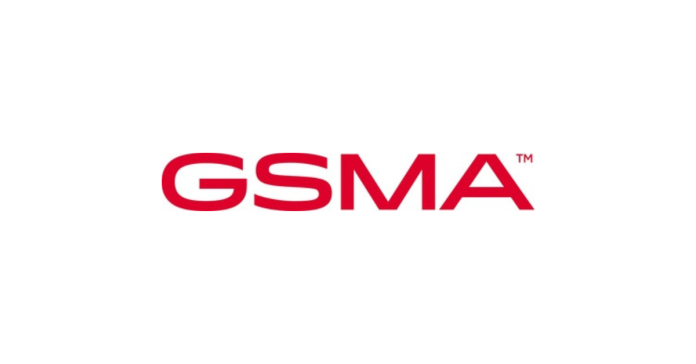Governments will need to act swiftly to prevent future spectrum shortages as 6G networks emerge, according to a new GSMA report that forecasts a substantial surge in demand for mobile bandwidth.
The GSMA, which represents the global mobile ecosystem, has released fresh analysis indicating that next-generation 6G systems will require up to three times more mid-band spectrum than is generally available today. The additional capacity will be essential to support soaring data usage, AI-driven services and increasingly sophisticated digital applications.
Vision 2040: Spectrum for the Future of Mobile Connectivity provides one of the most extensive global assessments to date of future mobile spectrum needs. It concludes that between 2–3 GHz of mid-band spectrum per country will be required across 2035–2040 to meet capacity demands in the busiest urban environments, with the figure rising to 2.5–4 GHz in higher-demand nations.
The study aims to guide policymakers and regulators as the industry prepares for widespread 6G deployment from 2030. Its findings come at a critical moment, as governments negotiate prospective mobile bands ahead of the International Telecommunication Union’s WRC-27 treaty conference in two years’ time.
The report emphasises that early action is vital. Insufficient planning could result in slower network speeds, increased congestion and reduced economic competitiveness throughout the 2030s. Without timely spectrum allocation, consumers may face deteriorating connectivity, businesses could encounter barriers to adopting advanced technologies, and national digital economies risk falling behind in the global shift to 6G.
John Giusti, Chief Regulatory Officer, GSMA, said: “This study shows that the 6G era will require three times more mid-band spectrum than is available today. Satisfying these spectrum requirements will support robust and sustainable connectivity, deliver digital ambitions and help economies grow. I hope this report provides useful insights to governments as they strive to meet the connectivity needs of their citizens in the coming decade.”
By 2040, the study forecasts:
- More than 5 billion 6G connections, around half of all mobile connections globally.
- 4G and 5G will remain essential, with around 2 billion 4G and 3 billion 5G connections still in use.
- Global mobile traffic is set to reach up to 3,900 exabytes per month by 2040.
- 2–3 GHz of mid-band spectrum is needed globally by 2035–2040, on average, with 2GHz by 2030, to avoid congestion.



 Bitcoin
Bitcoin  Ethereum
Ethereum  Tether
Tether  XRP
XRP  Solana
Solana  USDC
USDC  TRON
TRON  Lido Staked Ether
Lido Staked Ether  Cardano
Cardano  Avalanche
Avalanche  Toncoin
Toncoin